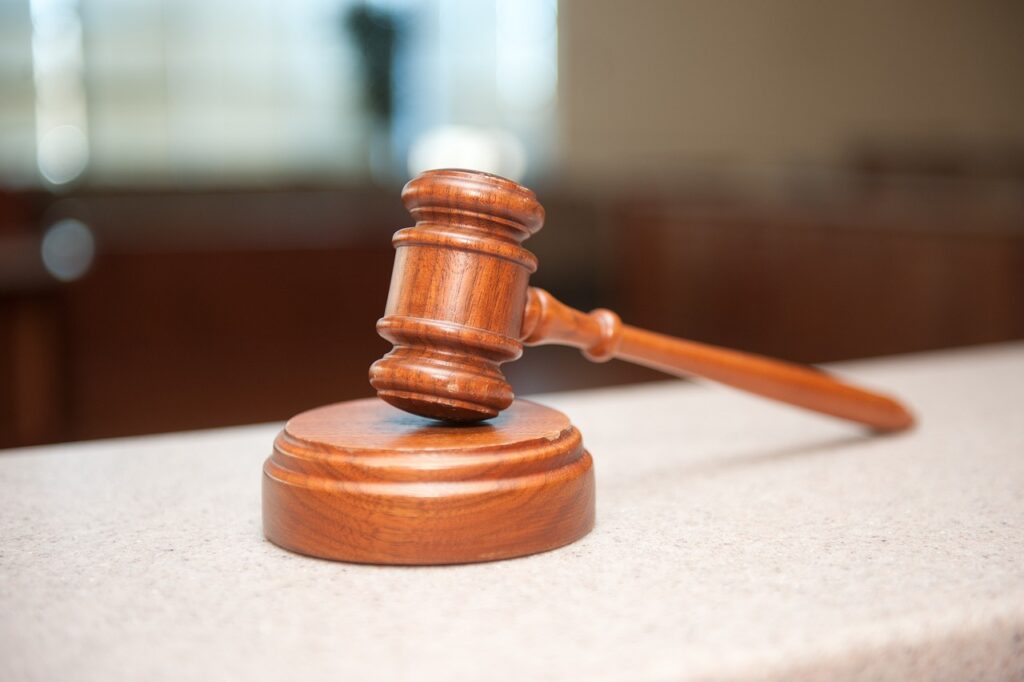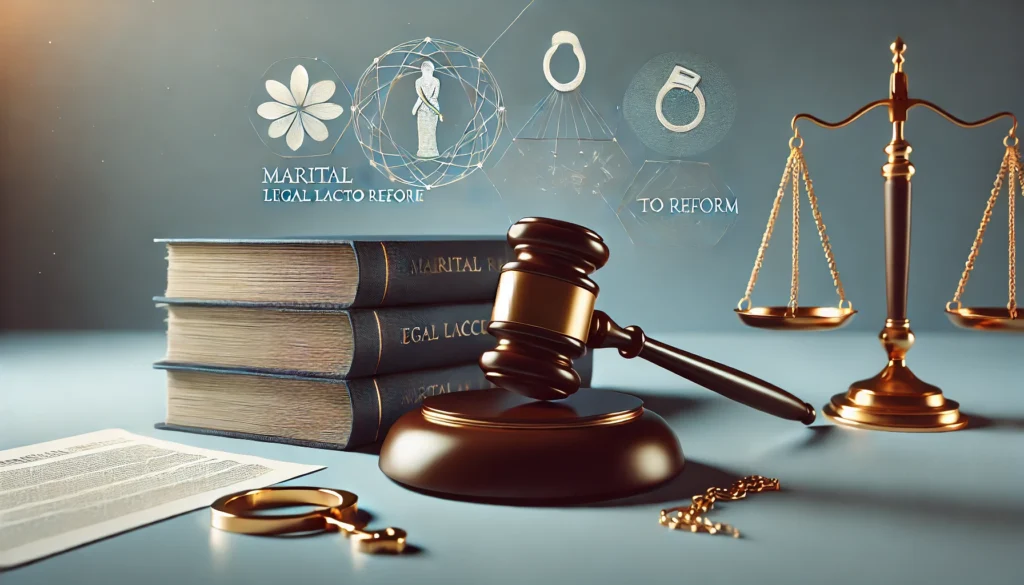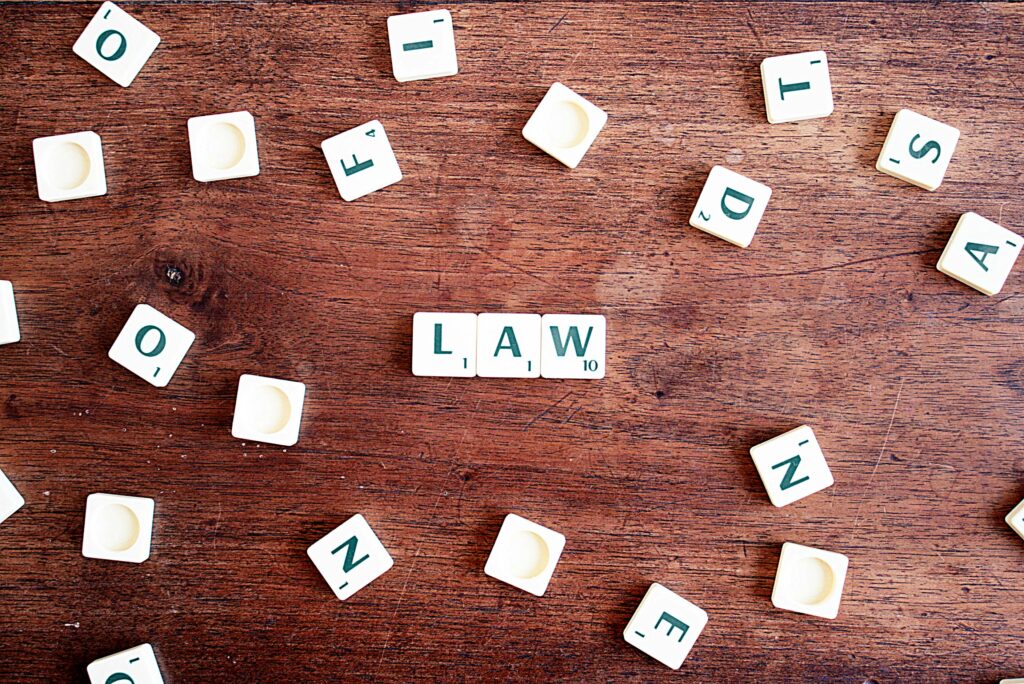Published on: 30th December 2024
Authored by: Tejaswinee Mohanty
SOA NATIONAL INSTITUTE OF LAW
ABSTRACT
This article does a comparative analysis of the duties, responsibilities, and organizational structures of bar councils in India and other top legal countries, including the US, UK, and Australia. Bar councils serve as professional regulating authorities that monitor the behavior, morality, and professional standards of attorneys, guaranteeing their competence and accountability in the practice of law. This research looks at how various nations handle the licensing, oversight, and disciplinary actions of attorneys, with an emphasis on the legislative underpinnings, administrative frameworks, and functional protocols of each system. Additionally, it assesses the difficulties and changes that these nations have faced, including those pertaining to diversity, ongoing education, and the changing demands of globalization and technology innovations on the profession of law.
The study illustrates similarities and variations between the bar council systems in India and other nations, offering insights into how legal governance adjusts to each nation’s own social, cultural, and political setting.
KEYWORDS
Comparative, structure, attorneys , innovation, licensing
INTRODUCTION
[1] The growth of socially conscious and accountable lawyers depends on legal education. The quantity and diversity of legal roles are continually growing in contemporary democratic nations, providing students with a rare chance to get involved in the society. The legal profession is an extensive and all-encompassing profession in a modern democratic welfare state.
It includes not only the profession that is practiced in courts but also law research, administration in a variety of fields where the law is pertinent, employment in the commercial and industrial sectors, and all other activities that adopt laws and procedures and assume and call for the application of specialized knowledge and skill. Thus, in order to implement a change, a suitable regulatory framework is always required. The effectiveness of legal education has evolved over several centuries, and both the general public and legal professionals have serious concerns about it. The American Bar Association (ABA) and the Bar Council of India (BCI) are the respective organizations that oversee the legal education systems in both countries. A comparison of these two regulating bodies’ powers and responsibilities that looks at the ways in which their approaches to legal education are similar and different.
The roles and functions of the BCI and the ABA, discussing the similarities and differences in their regulatory frameworks, accreditation standards, and approaches to promoting excellence in legal education. The comparative analysis highlights the challenges faced by each regulatory body in ensuring that legal education meets the needs of the legal profession and society. It includes not only the profession that is practiced in courts but also law research, administration in a variety of fields where the law is pertinent, employment in the commercial and industrial sectors, and all other activities that adopt laws and procedures and assume and call for the application of specialized knowledge and skill. For this reason, having an appropriate regulatory framework is always necessary before making any changes.
The urge to modernize and keep up with the times has long fueled discussions concerning law research and teaching in India. In addition, the teacher needs to have a humanistic and socially meaningful conversation. This topic has been covered in a great deal of papers, studies, conferences, seminars, and workshops. Thus, to say that there have been major attempts to rearticulate legal education and research in India would not be an exaggeration.
[2] BAR COUNCIL OF INDIA
The English model of education was first established in 1792 by the directors of the English East India Company. In 1856, the Indian government under British rule passed a statute establishing three universities. Calcutta saw the founding of the first university in 1857, and Bombay and Madras followed. As a consequence, British courts were established in India fairly early on. The East India Company possessed unique privileges that permitted it to rule over Indians before the uprising of 1857.
Three presidents oversaw the establishment of courts by the end of the eighteenth century. Even yet, the court used to follow English law when making important decisions. Since the courts of all four of these presidents were combined into a single supreme court in 1861, there was no set educational need to practice law.
The persons who work in the legal profession are diverse. Among them were vakils, mukhtars, attorneys, pleaders, and revenue agents. Their degrees of legal education differ from one another. London-trained attorneys were seen as having a higher degree of expertise and were called “Barristers”; as a result, they were treated more favorably in court. Only those with wealthy parents could usually send their children to London, where they might pursue careers as barristers. Consequently, only those persons were given special attention in the legal system.
HISTORICAL OVERVIEW OF THE BAR COUNCIL OF INDIA
The All India Bar Committee, led by S.R. Das, published a report in March 195310, which led to the creation of the Bar Council of India as a statutory body under Section 4 of the Advocates Act, 1961. In India, the Bar Council is the authority that regulates Legal Education in addition to supervising the practice of law. The bar council, which is composed of Indian attorneys, oversees the bar’s disciplinary procedures and sets standards for professional behavior and manners.
THE BAR COUNCILOF INDIA AND ADVOCATES ACT, 1961
The Parliament of India created the Bar Council of India as a statutory body to regulate and represent the Indian bar. By creating standards of conduct and protocol for the legal profession and exercising disciplinary power over the bar, the Council fulfills its regulatory obligation. It specifies the standards for legal education and lists the universities whose legal degrees are acceptable as prerequisites to becoming an advocate.
Along with protecting the rights, interests, and privileges of advocates, the council also carries out some representational tasks by allocating funds to support the administration of welfare programs on their behalf. The legislative tasks under Section 7 of the Advocates Act, 1961, cover the Bar Council’s representational and regulatory responsibility for the legal profession and legal education in India.
Among these are the protocols to be adhered to by its disciplinary committee and the disciplinary committees of every State Bar Council; setting professional conduct and etiquette standards for advocates; safeguarding the rights, privileges, and interests of advocates; advocating for law reform, supporting it; managing any case that may be referred to it by a State Bar Council; and advancing and standardizing legal education. On this, the State Bar Council and Indian colleges that provide legal education have opinions.
The Bar Council of India’s regulatory power is granted by the Advocates Act of 1961. List 1 articles 77 and 78 in the seventh schedule of the Indian Constitution, which also address “persons entitled to practice before the Supreme Court” and “Persons entitled to practice before the High Courts,” give the statute its constitutional legitimacy.
The Advocates Act, 1961, Sections 7(1)(h) and 7(1)(i), assign the BCI the duty of advancing legal education. According to the Advocate Act, the BCI must,” promote legal education and put forth standards of such education in cooperation with the Universities in India offering such education and the State Bar Councils”.The State Bar Council grants permission to the BCI to identify universities where a law degree is mandatory for enrollment as an advocate.
[3] THE AMERICAN BAR ASSOCIATION
The American Bar Association (ABA) is a professional organization that is an association for American lawyers. Founded in 1878, it is one of the largest and most established of these organizations worldwide. The American Bar Association (ABA) upholds the rule of law, provides opportunities for professional development and continuing legal education, and sets moral standards for the legal profession. The group has around 400,000 members, including judges, lawyers, law students, and legal professionals. The ABA also manages several other initiatives and programs, such as the ABA Legal Opportunity Scholarship Fund, which provides financial assistance to law students from underrepresented groups. It also produces several books and legal publications. Chicago, Illinois is home to the ABA’s main office.
THE UNITED KINGDOM BAR COUNCIL
Four countries make up the United Kingdom of Great Britain and Northern Ireland. The countries are divided into three distinct and separate jurisdictions: England & Wales, Scotland, and Northern Ireland. Each jurisdiction has its own legal profession and court system. The United Kingdom was founded in 1801 when Great Britain and Ireland were united. However, it took on its current form in 1922 when Ireland was divided, creating the Irish Free State (which today is known as the Republic of Ireland.
In 1973 saw the UK join the European Economic Community (also known as the European Union). Two things became mandatory when the UK joined the EEC (now the EU):
(1) recognizing the authority of the European Court of Justice over cases pertaining to EU law,
(2) incorporating European legislation into UK law.
CANADIAN BAR ASSOCIATION
The Canadian bar association is a national association that advocates for the legal profession in Canada. It has many powers and functions, including;
[4] The highest standards of justice, honesty, and integrity are values that the Canadian Bar Association is dedicated to upholding. These Principles of Conduct are an addition to the norms guiding members of the legal profession and they apply to volunteer activities within the CBA.
The CBA acknowledges the historical significance of rights, freedoms, and obligations being codified in order to remove obstacles to participation. It invites volunteers and new members from all areas of the legal profession to participate.
The public, volunteers, staff, and members of the CBA are encouraged to have faith and confidence in the organization by these principles. Their purpose is to guarantee that staff and volunteers are regarded as important and indispensable components of the CBA’s management, governance, and operations.
JAPAN FEDERATION OF BAR ASSOCIATION
The Attorney Rules (Daigen-nin Kisoku), which were published in February 1876, are the earliest known written regulations governing attorneys (bengoshi) in Japan. Attorneys were known as Daigen-nin at the time, and they were granted a unique status or right to represent clients in court while being closely supervised by public prosecutors.
The first Attorney Act, which restricted the profession of attorneys to courtroom activity, was passed in 1893. This statute also included provisions for the registration of attorneys in each district court jurisdiction and established a qualifying examination for attorneys. Although they were under the general control of the Chief District Public Prosecutors, local bar groups were also formed. The Attorney Act was amended in 1933, allowing attorneys to practice a substantially broader variety of legal matters. Bar associations continued to be governed by the Minister of Justice even in light of the modified legislation.
human rights. The present Attorney Act was passed in 1949 following the signing of the Japanese Constitution, and it gave the JFBA and bar associations authority over attorneys instead of the Ministry of Justice. It stated that upholding fundamental human rights and achieving social justice are the roles of attorneys. The accomplishment of social justice, defense of fundamental human rights, and self-regulation remain the three guiding principles of the legal profession today.
KOREAN BAR ASSOCIATION
[5] It is the leading legal profession association in South Korea. The KBA was founded in 1952 and is responsible for the regulation, ethics, and standards of education of the legal profession in the nation. In order to advance legal practice in South Korea and to promote the interests of its members, the association is essential.
The KBA actively expresses its views on legislation, policy creation, and the enactment, amendment, and repeal of laws. The KBA hosts an annual event called the “Lawyers Conference for Rule of Law” around KBA foundation day (July 28) in an effort to help create the legal culture that serves as the cornerstone for a democratic society and the realization of the rule of law. Additionally, the KBA awards individuals who have demonstrated exceptional achievement in the development of legal culture with the “Korean Legal Culture Award.”
The KBA strictly reviews applications for lawyer registration, declarations, and cancellations or refusals of registration. In order to respond to specialized and varied legal demands and improve the necessary quality for job performance, the KBA simultaneously offers training related legal theories and practical training for each of its individual members.
CONCLUSION
Comparative study of bar councils shows that there are significant variations in approach even while various legal systems share common objectives such as upholding public trust, guaranteeing ethical standards, and protecting the interests of practitioners and clients. While other nations frequently use more decentralized or federated systems that provide regional or state-specific laws, India’s Bar Council maintains a highly centralized structure centered on uniformity. Furthermore, the emphasis on ongoing professional growth and specialization in nations like the United States and the United Kingdom contrasts with India’s more generalist structure.
References:
[1] KUEY.NET, https://kuey.net/index.php/kuey/article/view/3245/2060 , (last visited oct 5, 2024)
[2] BARCOUNCILOFINDIA, https://www.barcouncilofindia.org/info/bci-rules, (last visited oct 5, 2024)
[3] SCIENCEDIRECT, https://www.sciencedirect.com/topics/psychology/american-bar-association, (last visited oct 8 ,2024)
[4] CANADIANBARASSOCIATION, https://www.cba-mb.ca/Membership/Membership-Information/Membership-Categories, ( last visited oct 9, 2024)
[5] LAWASIA, https://lawasia.asn.au/sites/default/files/2020-06/Korean%20Bar%20Association%2C%20Jurisdictional%20Report%202019.pdf , (last visited oct 9, 2024)




